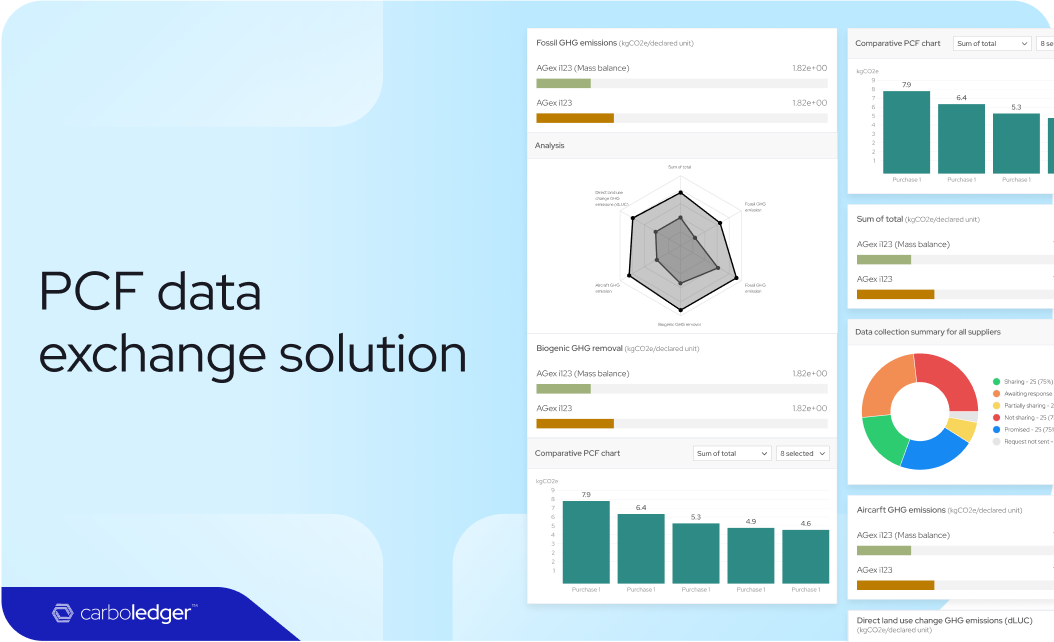Explore the PCF Data Exchange Solution for a transparent and sustainable future. Streamline data sharing, enhance traceability, and drive eco-friendly innovations with seamless collaboration.
Read BlogThis website uses cookies so that we can provide you with the best user experience possible. Cookie information is stored in your browser and performs functions such as recognising you when you return to our website and helping our team to understand which sections of the website you find most interesting and useful.





